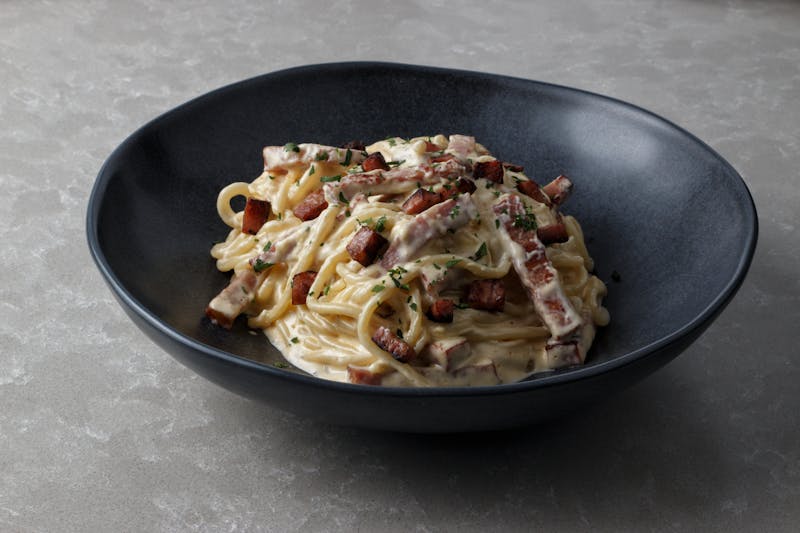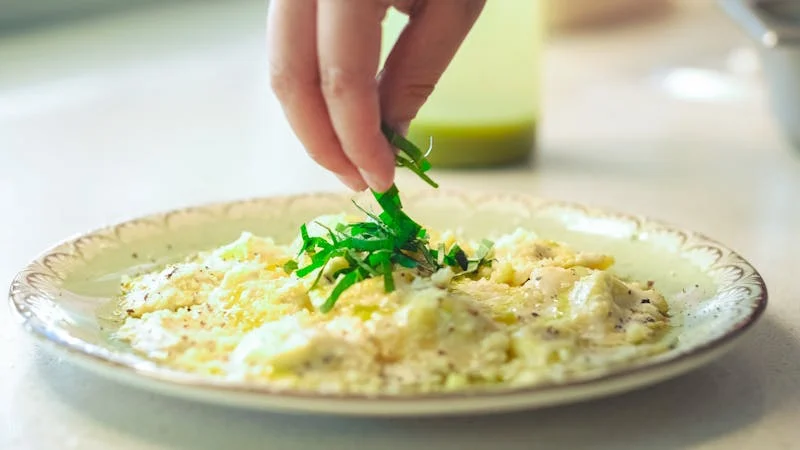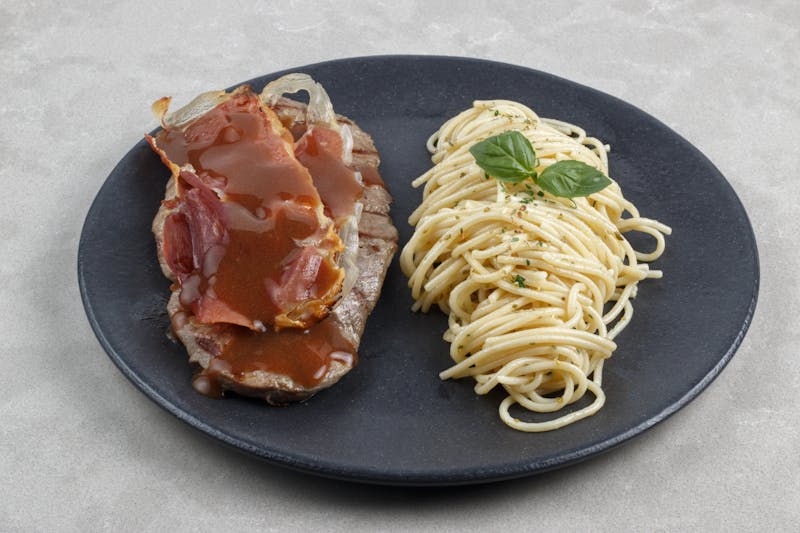H1: Low-Carb Lifestyle: Tasty and Filling Recipes You’ll Love
Adopting a low-carb lifestyle doesn’t mean you have to sacrifice flavor or satisfaction. Many people switch to low-carb diets to manage their weight, stabilize blood sugar, or boost energy levels. However, there’s a misconception that low-carb meals are bland or unsatisfying. In reality, low-carb cooking can be flavorful, hearty, and filling! Let’s explore tasty low-carb recipes that will keep you full, satisfied, and excited about every meal.
H2: Introduction
Low-carb diets have gained immense popularity over the years, and for good reason. Reducing your intake of carbohydrates—especially refined ones—can have significant health benefits, including weight loss and improved metabolic function. But how do you maintain a low-carb lifestyle without getting bored with your meals? The answer lies in flavorful, filling recipes that use fresh ingredients and healthy substitutes. From savory breakfasts to hearty dinners, we’ve got you covered with some irresistible low-carb recipes.
H3: Why a Low-Carb Diet?
The concept of a low-carb diet is simple: reduce your intake of carbs (especially refined sugars and starches) and increase your intake of protein and healthy fats. This shift in macronutrient balance can help your body burn fat more efficiently and reduce hunger cravings. By cutting down on carbs, you allow your body to enter a state known as ketosis, where fat becomes the primary source of energy.
H3: Health Benefits of a Low-Carb Diet
The health benefits of a low-carb lifestyle extend beyond just weight loss. Reducing carbs can help control blood sugar levels, making it an ideal choice for those managing diabetes or insulin resistance. Additionally, low-carb diets are associated with a decreased risk of heart disease, improved brain function, and even enhanced longevity. For those looking to maintain a balanced and energized life, a low-carb diet provides an excellent foundation.
H2: Key Ingredients for Low-Carb Cooking
Before diving into the recipes, it’s essential to know which ingredients will make your low-carb meals not only healthy but also delicious.
H3: Low-Carb Vegetables
Vegetables are an essential part of a low-carb diet. They’re rich in fiber, vitamins, and minerals, yet low in carbohydrates. Non-starchy vegetables like spinach, kale, cauliflower, zucchini, and bell peppers are perfect for creating hearty, nutrient-dense meals. Cauliflower, in particular, can be used as a substitute for high-carb ingredients like rice and mashed potatoes.
H3: Protein Sources for Low-Carb Meals
Protein is crucial in any low-carb meal, and there are plenty of options to choose from. Fish like salmon and tuna, lean meats such as chicken and turkey, and plant-based options like tofu and tempeh are excellent sources of protein. Eggs are also a fantastic choice, providing both protein and healthy fats with minimal carbs.
H3: Healthy Fats in Low-Carb Recipes
Healthy fats are an essential part of a low-carb diet. Sources of healthy fats include avocados, olive oil, nuts, seeds, and fatty fish. These fats not only add flavor and richness to your meals but also help keep you feeling satisfied longer.
H2: Tasty and Filling Low-Carb Recipes
Now, let’s get into the fun part: the recipes! These low-carb dishes are not only delicious but also filling, making them perfect for any meal of the day.
H3: Zucchini Noodles with Pesto and Grilled Chicken
Swap traditional pasta for zucchini noodles (also known as “zoodles”) for a fresh, low-carb alternative. Tossed with a rich basil pesto and topped with grilled chicken, this dish is bursting with flavor and texture.
H4: A Fresh, Flavorful Twist on Pasta
Zucchini noodles are light and crisp, absorbing the savory pesto beautifully. The grilled chicken adds a satisfying amount of protein, making this dish a well-rounded, low-carb meal.
H3: Cauliflower Fried Rice with Shrimp
Cauliflower rice is a fantastic substitute for regular rice, and when paired with shrimp and veggies, it’s a flavorful, low-carb version of a take-out favorite.
H4: A Healthy Take on a Classic Favorite
This cauliflower fried rice is packed with protein, fiber, and flavor. It’s a great way to enjoy the taste of fried rice without the added carbs, and the shrimp gives it a satisfying richness.
H3: Beef and Vegetable Stir-Fry
This quick and easy stir-fry is loaded with lean beef, colorful vegetables, and a savory sauce that’s both low in carbs and high in flavor. It’s a perfect dinner for busy nights.
H4: Packed with Protein and Nutrients
The beef provides ample protein, while the vegetables add vitamins and fiber. Stir-fries are easy to customize, so feel free to mix in your favorite low-carb veggies.
H3: Avocado and Egg Breakfast Muffins
Start your day with a protein-packed breakfast muffin that combines avocado and eggs—two ingredients that are both rich in healthy fats and low in carbs. These muffins are easy to make in advance and perfect for busy mornings.
H4: A Delicious and Filling Start to Your Day
These savory breakfast muffins are satisfying enough to keep you full until lunch, and they’re a great way to incorporate avocado into your diet. The eggs provide protein, and the avocado adds creaminess and richness.
H3: Grilled Salmon with Asparagus and Garlic Butter
Grilled salmon is not only delicious but also packed with omega-3 fatty acids, which are excellent for heart health. Paired with sautéed asparagus and drizzled with garlic butter, this dish is both light and indulgent.
H4: A Flavor-Packed, Low-Carb Meal
The salmon is rich and buttery, while the asparagus adds a crisp, fresh contrast. This meal is an excellent choice for dinner, offering both flavor and health benefits.
H2: How to Make Low-Carb Meals That Satisfy
Making low-carb meals that fill you up is all about balancing macronutrients and choosing the right ingredients.
H3: Balancing Protein, Fat, and Fiber
When planning low-carb meals, be sure to include adequate protein to keep you feeling full. Healthy fats and fiber-rich vegetables also play a crucial role in satisfying hunger and promoting fullness.
H3: Using Substitutes for Carbs in Your Cooking
There are plenty of clever substitutes for carbs that can be used in low-carb cooking. Cauliflower rice, zucchini noodles, and almond flour are all excellent options that mimic traditional high-carb ingredients.
H3: Making Low-Carb Meals Flavorful
To keep your meals exciting, experiment with herbs, spices, and healthy sauces. Avocado, olive oil, and coconut milk can add richness, while fresh herbs like basil, cilantro, and parsley bring a burst of flavor.
H2: Snacks and Sides for a Low-Carb Lifestyle
Low-carb snacks and sides are the perfect way to keep hunger at bay between meals. From roasted nuts to veggie sticks with dip, these snacks are satisfying and nutritious.
H3: Quick and Easy Low-Carb Snacks
Cheese, hard-boiled eggs, olives, and sliced veggies with hummus are all great options for a low-carb snack that’s both filling and delicious.
H3: Perfect Sides for Low-Carb Main Dishes
Pair your low-carb main dishes with side options like roasted cauliflower, sautéed spinach, or a fresh cucumber salad. These sides are light but satisfying, complementing your main dish without adding unnecessary carbs.
H2: Conclusion
A low-carb lifestyle can be incredibly rewarding when you embrace tasty and filling meals that are packed with flavor and nutrients. From zucchini noodles to cauliflower fried rice, the recipes shared in this article are perfect examples of how delicious low-carb eating can be. So go ahead and give these dishes a try, and discover how satisfying and enjoyable a low-carb diet can be.

H2: FAQs
H3: Is a low-carb diet suitable for everyone?
A low-carb diet is suitable for many people, but it may not be right for everyone. Those with certain health conditions or dietary needs should consult with a healthcare provider before making significant changes to their diet.
H3: Can I eat fruit on a low-carb diet?
Yes, but in moderation. Fruits like berries, melons, and avocados are lower in carbs and can be enjoyed in small portions.
H3: How can I avoid feeling hungry on a low-carb diet?
To stay full on a low-carb diet, make sure you’re eating plenty of fiber-rich vegetables, healthy fats, and adequate protein. Drinking enough water also helps curb hunger.
H3: How do I know if a recipe is truly low-carb?
Check the ingredients list for hidden sugars or starches. Low-carb meals should focus on whole foods like protein, healthy fats, and non-starchy vegetables.
H3: Can I enjoy desserts on a low-carb diet?
Yes! You can make low-carb desserts using ingredients like almond flour, coconut flour, and sugar substitutes like stevia or erythritol. There are plenty of delicious and satisfying low-carb dessert options.

